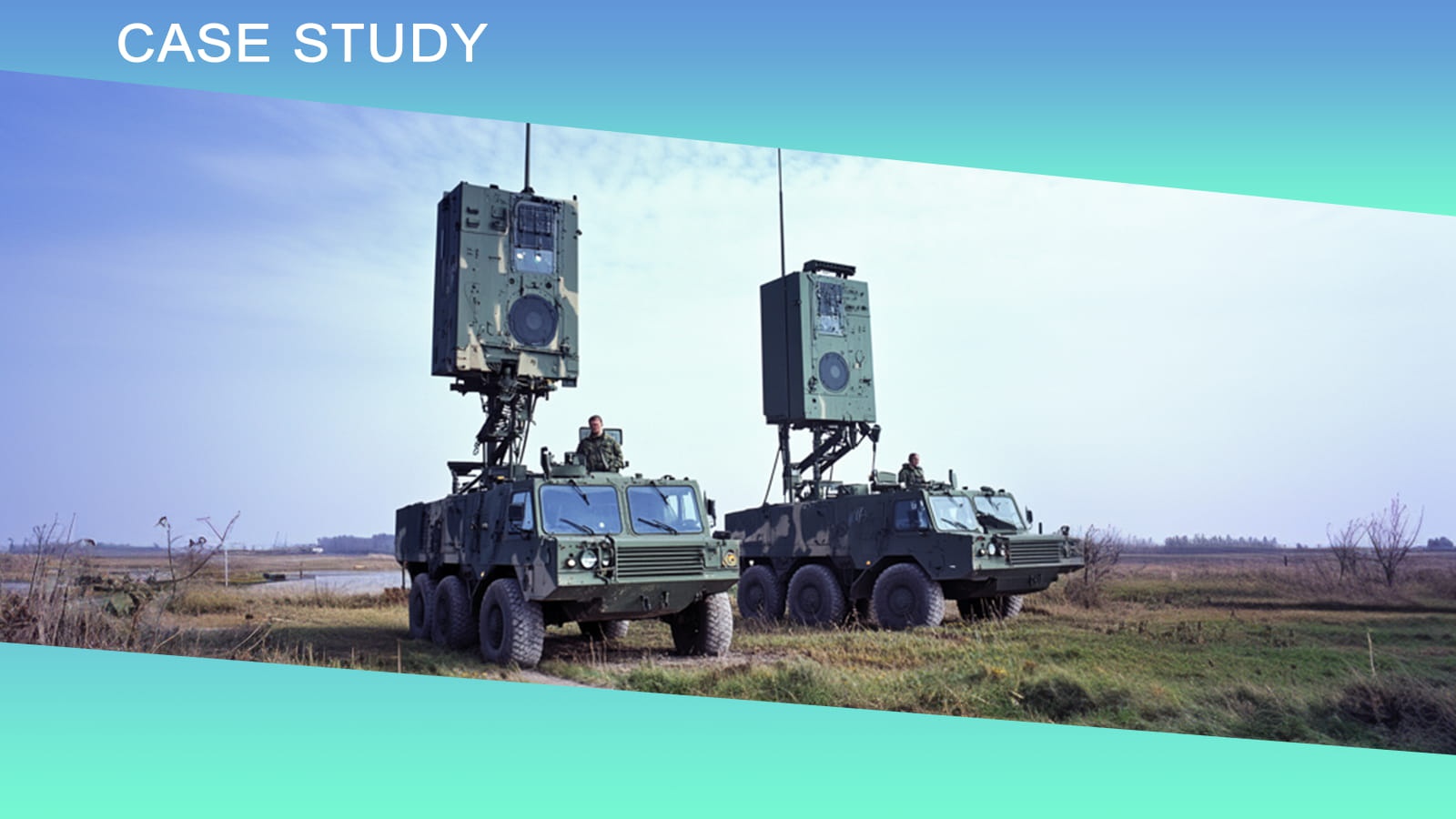Efficient drilling begins with the selection of MEMS magnetic north sensors: a key technology for enhancing the accuracy of coal mining
Jun 06, 2025
Discover the NF1000 MEMS magnetic north sensor, a compact, high-precision tool for coal mining drilling. Enhance accuracy, reduce costs, and resist interference in harsh environments.
Introduction: The Need for Precise Navigation in Coal Mining Operations
Coal, as one of the important basic energy sources, its extraction efficiency and safety become particularly crucial as the depth and difficulty of the mine increase. In the complex underground environment, the traditional compass is prone to be interfered by electromagnetic fields, causing deviation in the drilling direction and thereby affecting the overall operation efficiency. At this time, a high-precision north-seeking instrument becomes a valuable assistant for engineers.
Today, we will focus on introducing a MEMS magnetic north-seeking instrument specifically designed for oil and coal mining - the NF1000. It is not only compact and portable, but also capable of providing accurate direction guidance in harsh environments.
The core advantages of the NF1000 MEMS magnetic north-seeking instrument
1.Compact and lightweight, suitable for narrow spaces
The NF1000 adopts a cylindrical design, with dimensions of 85mm × Ø31.8mm and a weight of no more than 400g. This compact shape enables it to be easily inserted into the probe tube, making it highly suitable for the limited construction space in underground environments. Moreover, its Attitude tracking measurement accuracy is 0.1°(1σ), capable of meeting the requirements of complex terrains.
2. High-precision orientation, ensuring drilling trajectory
This compass device is equipped with high-performance three-axis MEMS gyroscopes and accelerometers, with the maximum orientation accuracy reaching 1°secψ (1σ) 。 By providing real-time direction information, it helps engineers precisely control the drill bit trajectory, ensuring that the drilling operation proceeds strictly in the predetermined direction, thereby avoiding resource waste and safety risks caused by deviations.
3. Low cost and high performance, MEMS technology empowerment
Compared with traditional navigation equipment, the NF1000 adopts MEMS technology, maintaining high performance while significantly reducing costs. This high-performance-to-cost ratio feature enables more enterprises to enjoy the convenience and safety brought by high-precision navigation technology.
4. Low-power design, supporting long-term operation
The power consumption is only 1.5W. The NF1000 can maintain stable performance output during long-term continuous operation, making it highly suitable for underground environments that require continuous work.
5. Resistant to harsh mechanical environments, unaffected by magnetic field interference
In orientation measurement, the NF1000 is not affected by magnetic fields and has excellent magnetic resistance. At the same time, it also has shock resistance and vibration resistance properties, capable of adapting to the complex mechanical environment in the underground.
Application scenario: From indication to guidance
NF1000 is not only applicable to coal mine drilling, but can also be widely used in the following scenarios:
1. Direction and guidance of advanced drilling equipment: Ensure that the drill bit moves along the designed path.
2. Navigation for logging tools/gyro tools: Provide precise orientation reference for underground measurements.
Future Outlook: Continuously Improve Accuracy
Technology is endless. In the future, we will further improve the navigation accuracy and provide more efficient solutions for the industry. If you are looking for a tool that can enhance drilling efficiency, you might want to try NF1000.
Conclusion:
In today's era where coal mining is moving towards intelligence and precision, choosing a reliable compass is of utmost importance. The NF1000, with its compact size, high precision, and strong anti-interference capability, has become the ideal companion for engineers. We look forward to this technology bringing a qualitative leap to your operations!
NF1000
Whatever you needs, Micro-Magic is at your side.








 دعم الشبكة
دعم الشبكة
